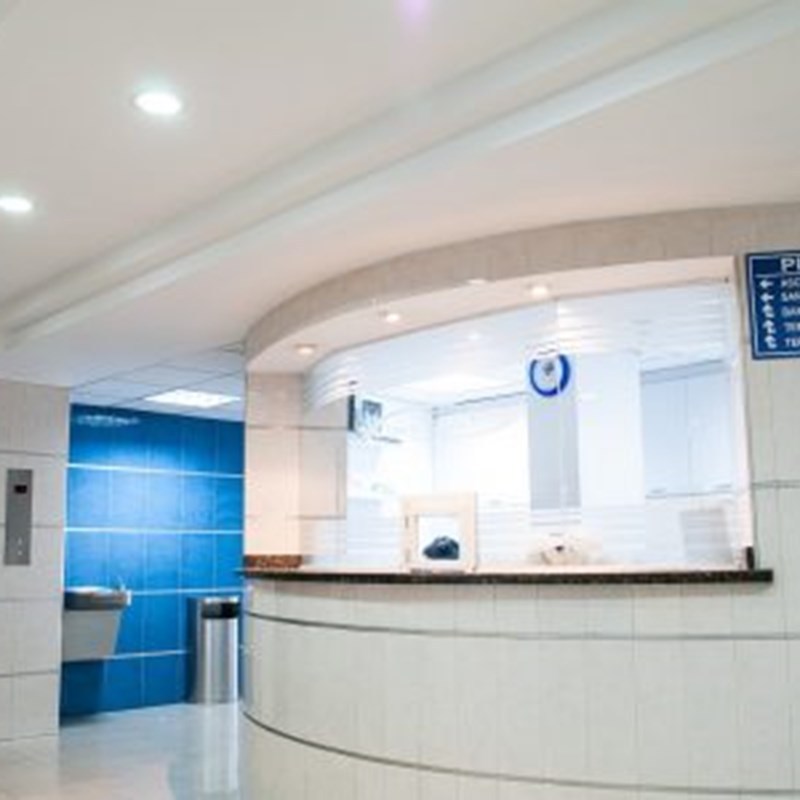
Research conducted by Business Insider forecasted that 646 million connected devices (excluding wearables such as fitness trackers) will be installed and used in healthcare facilities by 2020. Not only is this an increase of 580% compared to 2015, healthcare will also make up 25% of the total IoT market! (Source including Business Insider).
In the UK alone, there are now over 15.3 million people aged 60 and above and this is expected to double by 2030. This trend is a being replicated across mainland Europe but is also a worldwide issue, with 49 countries currently having an average life span of over 80.
However, the need for healthcare and assisted living solutions is by no means only for the over 60s. There is a vast array of different medical conditions which have a need for some form of extra monitoring and/ or assistance, especially for those people that want to remain independent and in their own homes.
Benefits of Technology
The average life expectancy is increasing in almost every country in the world, and therefore the likely need for elderly care is also going to increase. Combining that with the rapidly increasing technology helping provide an earlier diagnosis to patients, there is an ever growing need for healthcare outside the home. However, with healthcare budgets being slashed across Europe, there is not enough space for patients to spend time in hospital. Imagine being able to remotely monitor people in their own home, so there is no longer a need for non-critical patients to be kept in hospital for days on end.
The average cost to the National Health Service (NHS) in the UK to keep one person in hospital for one night is estimated at £400 (Source). In some cases, there will obviously be a need to keep a patient in hospital if they are in critical or life threatening conditions. A number of patients will be well enough to go home if they or a family member/friend is able to take their blood pressure, heart rate and other vital signs with devices that can be used in the home. There are a range of these devices available on the market. The standard, dumb devices with no connectivity are the same as those used in hospitals and require the patient to note down their readings. However, this does allow for human error.
There are a number of alternatives, which can eradicate this problem. Some devices, such as blood sugar level monitors for those with diabetes can store readings on the device, and any readings of concern can be flagged to show a health professional.
Connected Devices
Using connected devices alongside a cloud service, such as a mobile application or another system accessed via a web browser allows patients to monitor data themselves and will also give instant access to a doctor or other healthcare professional in case of an emergency situation. These connected devices and the data collected are part of the Internet of Things.
Another area which can benefit from the IoT is allowing people to stay in their own homes with an IoT solution allowing them to stay independent, rather than paying for a care home or domiciliary care.
The average cost for one person to stay in a care home in the UK is around £750 a week, a whopping £39,000 a year! The average cost for domiciliary care, assuming 2 hours of care per day would cost £11,000 a year. (Source)
Home Comforts
As previously mentioned with the hospital scenario, there will be some cases where patients really do need domiciliary care or to live in a care home. However, there are many cases where people are still very capable of living on their own, but just need to be monitored to make sure they are still living a comfortable and healthy lifestyle.
So, what do I mean by monitoring people in their own home?
One key factor to consider before installing any type of monitoring devices, is that it is highly likely that people will not want to feel like big brother is watching them and they are being spied on. As a general rule, this rules out the use of cameras and therefore alternative solutions need to be considered. A number of options are listed below:
There are many more devices such as water leak sensors e.g. to check whether a bath has overflowed, CT clamps e.g. to check which appliances are being used, CO2 sensors and many more. All of these sensors are available as wireless and batteryless device, allowing an easy retrofit installation, requiring no maintenance and ensuring a reliable operation which is mandatory for a health monitoring system. By connecting all of these devices to a gateway such as the iaconnects MobiusFlow Edge Gateway and using EnOcean radio technology, all key data can be pushed to a cloud platform where family, neighbours and healthcare professionals could have different levels of access. By connecting to a cloud platform or application, it allows for alerts to be sent out if there is some data which suggests a problem or emergency situation.
The cost of a gateway and sensor devices will be a small fraction of the cost of a care home, and also of domiciliary care. You could also combine a solution as described above with domiciliary care, rather than moving into a care home.
The health and wellbeing of loved ones will always be incredibly important. A solution that can help improve a loved ones quality of life is likely to be considered by many, especially if it can help them stay in their own home for longer.
Peter Smith, Head of Business Development at iaconnects.